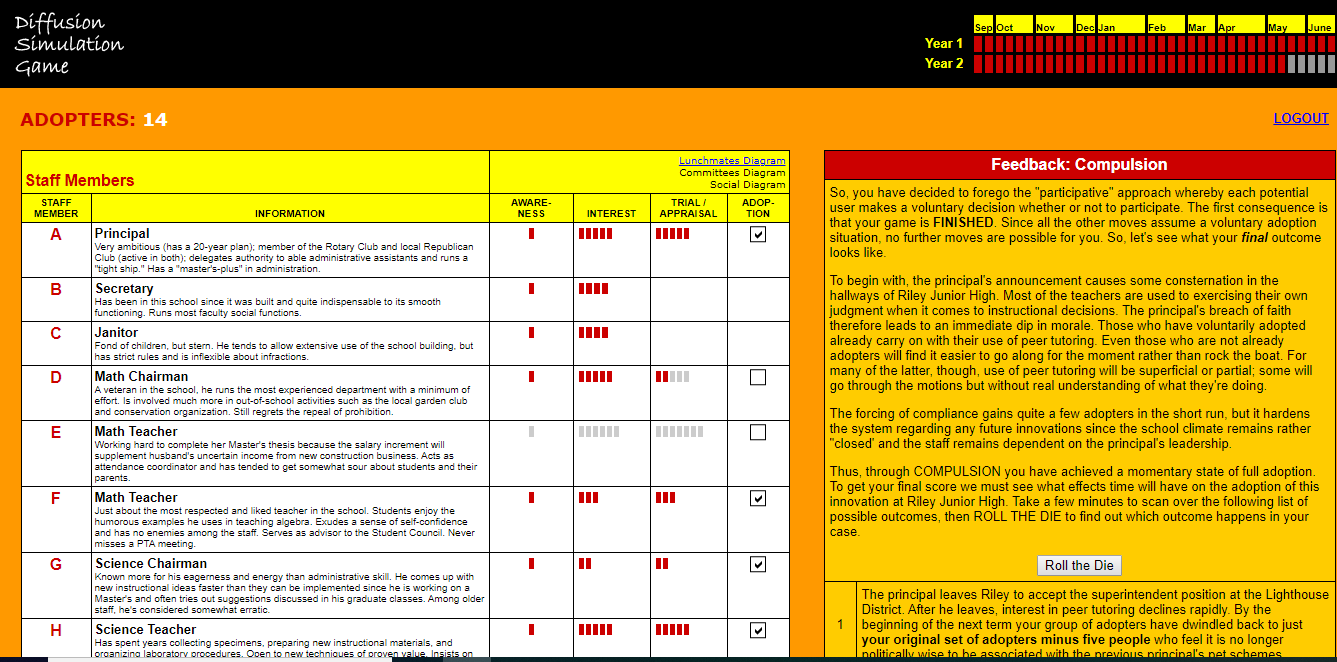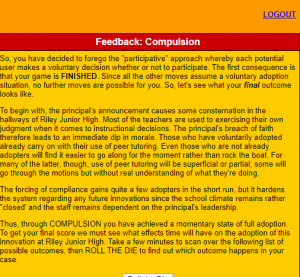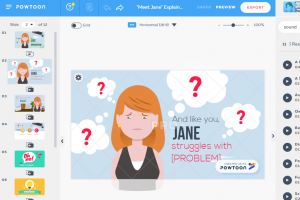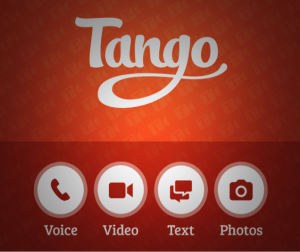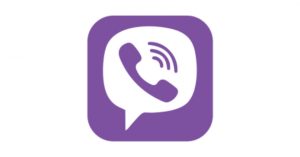“The end is not the reward; the path you take, the emotions that course through you as you grasp life – that is the reward.”
— Jamie Magee
My people….my people, my people!!!! 13 Weeks and it’s a wrap!!! Over the past couple of weeks, I have learnt so many things regarding “Educational Technology for Learning.” I can honestly say that there were weeks that were more interesting than others. Working and studying online require a great level of personal discipline. Overall, the course was very enlightening and has taught me a vast of knowledge in developing and managing a technological class.
The numerous hands on activities throughout the course promoted the use of technology and was very enriching. One of the most rewarding aspect of this course for me was developing my PLN. Having a team that provides support is essential if we are to keep up to date with the trends of technology and in so doing also allows us to garner ideas from people around the world. Another key aspect of the course was experienced through the “Diffusion Simulation Game.” Playing DSG reinforced, that knowledge of your staff is key in gaining success when introducing a new idea/technology. The time of year at which new concepts are introduced as well, plays a very important role in how well it will be received, executed and evaluated. Demonstrations and workshops are great ways of introducing new tools, its usages and benefits. These strategies can be very time consuming and can take up a lot of the school year, but if it is introduced and shared on an accessible website and/or document it can be well received and useful.
Building friendship was also emphasized every week, as we had to comment on other fellow classmates work when posted. Most of the classmates were super supportive and could be counted on to shed light on unclear concepts. I had the chance to peer with Sara and Gabby and I can say that these ladies formed part of my “adopters.” Well done ladies and thanks for the support.
It is my hope that as we end this course, we reflect on all that was experienced and take from it not only the good pointers, but also the ones we feel that there’s room for major improvements. By doing so, it gives us a chance to evaluate those areas and adjust so that we can grow. After all, “Education doesn’t stop when you get your teacher’s license. We need to follow the profess we make/give to our students that they are life longer learners – because so are we.” (Tom Whitby – Founder of #edchat).


